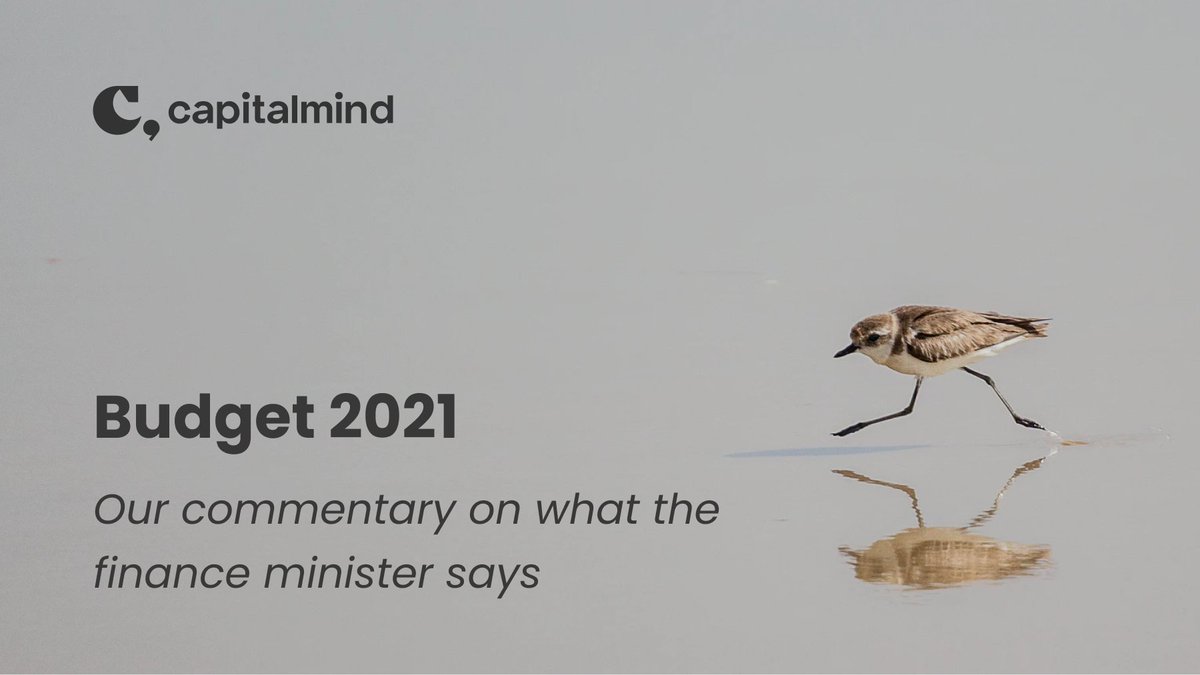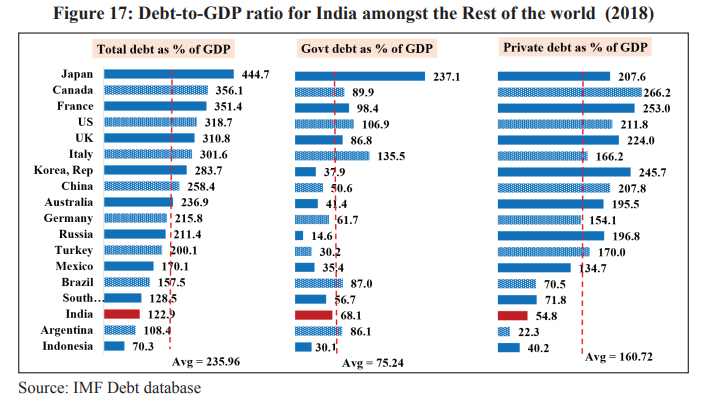
Wonderful thread, and I'll add a little of what I know. Uber and Ola allowed anyone to become a taxi driver. The medallions in New York were given to a few people only, so the price of it was absolutely huge. Uber ensured anyone could drive. But there's a catch.
https://twitter.com/Sanjay__Bakshi/status/1396380907414585350
You couldn't "flag down" an Uber. A car couldn't put a sign saying "we're available" - and you just get in. Because that activity was licensed. And licenses were limited.
The answer was the app; book on the app, and Uber finds a cab hanging around close to you.
The answer was the app; book on the app, and Uber finds a cab hanging around close to you.
This was skirting of a regulation and suddenly allowed anyone to offer taxi services. In anticipation, people would drive to high-demand locations in order to service the location. Traffic would actually INCREASE, because supply had to be greater than demand.
Put another way, if you didn't find an Uber quickly, you'd ditch the app. So Uber needed to promote more "empty" cabs in each location so there was enough availability - and supply had to be greater than demand in normal times.
The very reason medallions were introduced was because, in 1930, taxicab supply was greater than demand, and cab drivers were working longer and didn't have enough money etc. It was a regulation brought for a market that was otherwise free, to help promote profit.
But like all regulations, it refused to die or adapt. The limit remained even as New York grew, and medallions then became valuable because now demand was greater than supply.
Uber's entry was to circumvent that regulation, but forgot to address the problem.
Uber's entry was to circumvent that regulation, but forgot to address the problem.
Which was that oversupply will hurt the drivers. It eventually did, and Uber has been (or will be) forced to recognize the drivers as employees just so that they don't overwork them and to eventually restrict supply.
It's not like Uber isn't awesome as a service. The technology increased supply, changed the game for intracity travel, and financed high profits (initially) for drivers with low prices for customers, largely because of lots of money.
But regulation will flare up eventually.
But regulation will flare up eventually.
Add to this: In India, taxis are also licensed. Strangely sometimes. Like I think Mumbai taxis are licensed by the vehicle (not the driver) which is why you have artefacts from the 1900s as black-and-yellows in Mumbai
India's jugaad was the "All India Permit".
India's jugaad was the "All India Permit".
• • •
Missing some Tweet in this thread? You can try to
force a refresh













